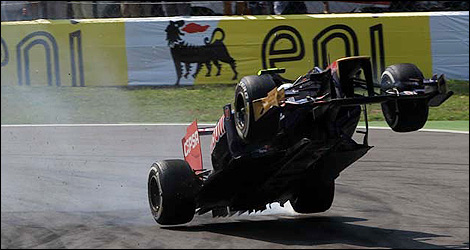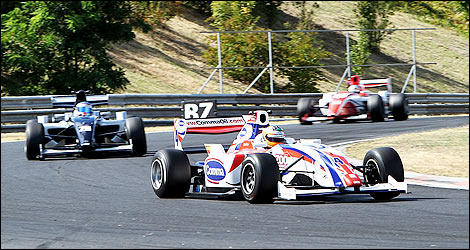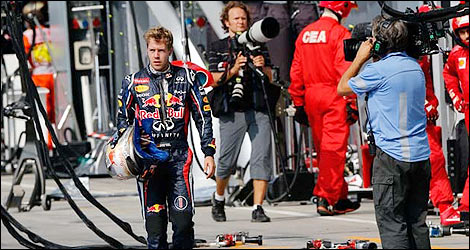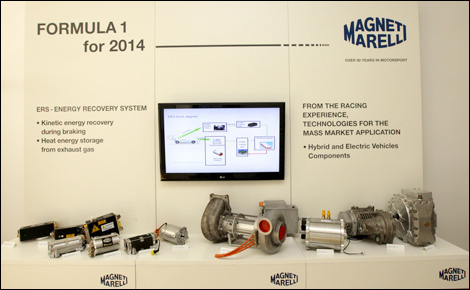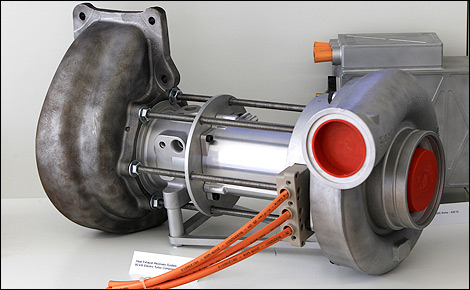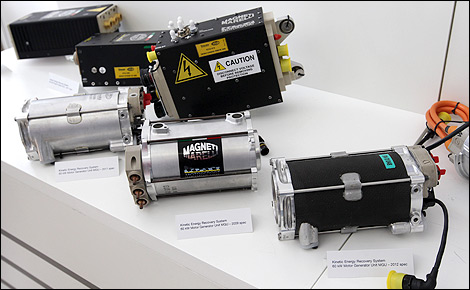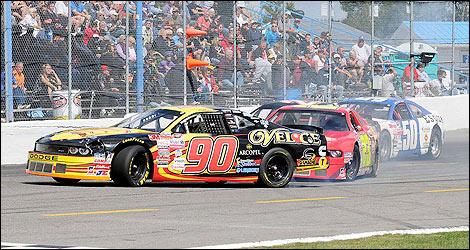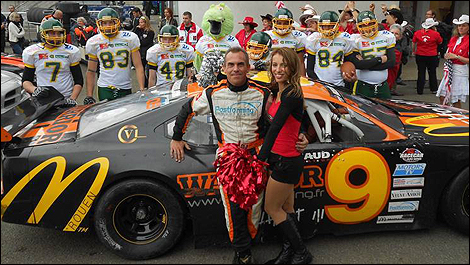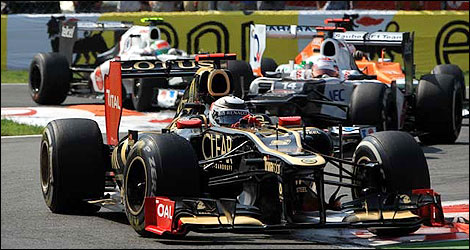What sells a car? What makes one person pick one product over another? What is one of the most important considerations taken into account when one shops for a new vehicle? After price, it's all about brand.
I've not gone and surveyed everyone I know or put together an investigation of any type; I'm basing this on experience, both professional and personal. I still hear comments like, Kia makes cheap cars and GM doesn't know how to build cars. However untrue, these thoughts still shape decisions.
Many things are said about Range Rover, most of which are positive. The negative remarks typically harp over reliability, and while they may be mostly true, the point on which all will agree is that nothing beats a real Range Rover when it comes to social standing.
Unapologetic
The Range Rover -- the big one -- is unmistakenly exactly that. And because of that, it stands alone on top of the pile of all luxury SUVs as the ultimate symbol of “I know what I'm worth.” It is this sense of worth, as opposed to wealth, that draws buyers to the Rover instead of the
Porsche Cayenne Turbo, Lexus LX or
Cadillac Escalade. Think of it as old money versus new money.
In fact, the Range Rover revels at being what it is. Their trucks, minus the ultra-cool and sophisticated
Evoque, are brash and presumptuous. Theirs is a single-minded way of delivering authority; their trucks are large and in charge on the road. It is this kind of self-assurance that perfectly reflects the attitudes and feelings of their owners.
The Range Rover's straight slab-sided body panels also mimic the state of mind of its owner; everything must be clear and straightforward. Then again, it's a Range Rover and it could look like a 2001 Ford Escape, yet would probably still sell given what it is...
 |
| The Range Rover stands alone on top of the pile of all luxury SUVs as the ultimate symbol of “I know what I'm worth.” (Photo: Sébastien D'Amour) |
The word on the cabin
Exceptional. The big Rover's interior styling is exceptional by its design, fit, finish, and its sumptuous materials. “Custom” is a word that applies to all Range Rovers, especially to this one. There are nearly countless combinations to choose from where interior leather and wood choices are concerned.
The richness of the woods, leathers and plastics is overshadowed only by how all the elements come together. The 2012 Range Rover Autobiography has an original and intricate dash layout, unlike any car in any price range.
The controls are large and intuitive and far more user-friendly than they might appear. The same goes for the numerous buttons on the wheel. The gauges, which are nothing more than digital images on a screen, are clear and customizable.
Finally, we get to the seats. These princely perches are supremely comfortable, offering up no pressure points. Should that not be the case, the nearly endless number of adjustments is sure to make the driving experience regal.
 |
| The 2012 Range Rover Autobiography has an original and intricate dash layout, unlike any car in any price range. (Photo: Sébastien D'Amour) |
The power to go with the stature
All big Range Rovers are powered by a 5.0L V8, as they should be. Of the five available trims, the first two, HSE and HSE Luxury, get a normally aspirated version which is good for 375 hp and equal torque. The other three, Supercharged, Autobiography and Autobiography Ultimate Edition, are boosted and produce 510 hp and 461 lb-ft of torque.
With its 6-speed autobox, the 2012 Range Rover Autobiography will tap 100 km/h in as little as 6.2 seconds. There are few near-2,675 kg (5,900 lb) vehicles out there that will reach the buck in so little time. The feats performed by this engine are tremendous; there are no other words.
What is also tremendous is the 2012 Range Rover Autobiography's thirst for fuel. My average of 18L per 100 km will not be an unusual result. As a note of interest, the low-fuel warning light comes on when the 104.5L tank's reserves are down to 8L. At 18L/100km, this does not leave much range for a fill-up. Best to travel with plenty of fuel at all times.
 |
| All big Range Rovers are powered by a 5.0L V8, as they should be. (Photo: Sébastien D'Amour) |
All conditions
The Range Rover knows no real boundaries. The combination of its standard air suspension and sophisticated Terrain Response system enable it to cross deserts, climb mountains, traverse jungles, and survive urban situations without shedding a single bead of sweat.
The Terrain Response systems features more modes and settings than 99% of owners will ever know what to do with. The same goes for the height-adjustable suspension and high/low range selector. All the owner/driver will ever know or realize is that this truck is supremely comfortable and stable.
The 2012 Range Rover Autobiography is truly at home in all conditions. I've done some mild off-roading on a few occasions with these vehicles and the limiting factor has always been the tires. Even so, this was how I was able to experience how the Terrain Response system masterfully manages each wheel.
On the beaten path, the Range Rover serves as a cushy layer of scented Semi aniline leather. Most of the road surface unpleasantries are filtered out before they reach the driver, which the typical owner will appreciate.
 |
| The Terrain Response system enable it to cross deserts, climb mountains, traverse jungles, and survive urban situations without shedding a single bead of sweat. (Photo: Sébastien D'Amour) |
If you have to ask
Neighbours and curious passersby alike could not help but do a double-take when catching a glimpse of the Range Rover Autobiography, especially as I always set the suspension to the lowest setting to ease the already difficult ingress and egress. Nearly all of them would ask about the truck's price.
My answer would be: “Base price, just shy of $95,000; as is, nearly $140,000.” To be fair, no one was ever surprised.
This is proof that the Range Rover need not explain itself, its reputation is forged.
 The latest auto news, reviews, prices, product and vehicle releases.
The latest auto news, reviews, prices, product and vehicle releases. 